Board and batten siding may be a terrific exterior siding technique. Not only does it provide the right rustic modern look, but it’s relatively low cost and really durable.
So if you're trying to find an excellent alternative to traditional siding board and batten siding could also be the solution , and installing board and batten siding is surprisingly straightforward and within the scope of most do-it-yourselfer’s.
Read on for a touch of background and a step by step how-to on installing exterior board and batten siding on your home or cabin.
What is and the way to Board and Batten
Board and batten siding has its roots in Norway and Sweden, where it had been originally wont to protect the outside of log buildings. within the us , the siding became popular on homes and barns within the West during the mid to late 1800s.
Today, board and batten siding has regained popularity within the us neutralize part to the increase of recent rustic, barn-modern architecture.
So, what exactly is board and batten siding? Board and batten may be a fairly simple exterior siding system of gapped wide vertical siding boards with narrow overlying vertical battens to hide the gaps. The technique is time-tested, durable, easy to repair and allows for the natural expansion and contraction of the siding material.
Installing Board and Batten Siding Step by Step
Step 1:If you are not supplying pre-painted materials and buying them raw, you should consider the painting option for board and batten siding installing . For painting, solvent-based primer and latex coating may be preferable. Painting everywhere and every corner of the Board and Batten ensures that it shows its best resistance to external influences. Using insulation material behind the Board and Battens will have a positive effect and should not be neglected. The properties of the materials used affects many factors such as waterproofing and insulation.

Step 2:
If there is an old coating on the outer surface of the structure which you are going to apply, work should be started by removing it first. Then, it is recommended that the insulation material be removed by the requirements. Protecting existing insulation material is one of the options, but it is recommended to replace it. Recommended materials are asphalt felt (tar paper) and rain screen matte.
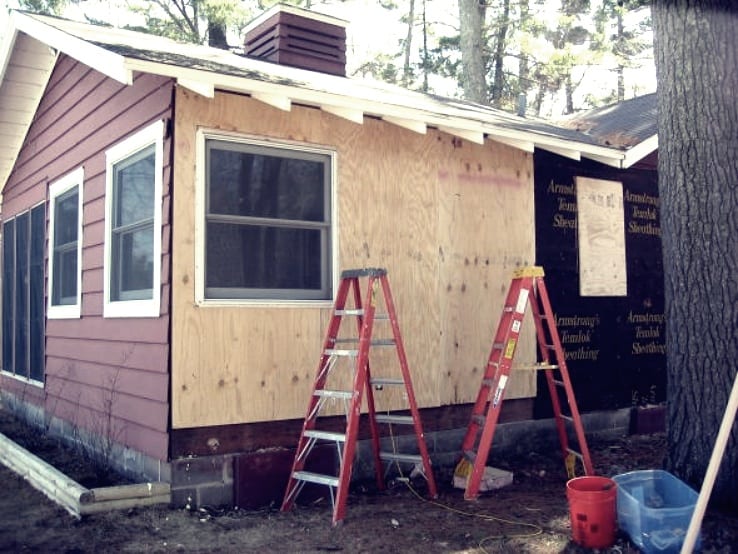
Step 3:
After the preliminary studies are completed, the planning of the application to be performed, and the preliminary draft should be established
[caption id="attachment_82" align="aligncenter" width="1180"]
 board and batten siding installing[/caption]
board and batten siding installing[/caption]For installing board and batten, the boards must be assembled first. This material should be placed considering the expansion and contraction conditions. These movements should be allowed. The amount of space between the boards depends on the material to be used. However, some factors should be considered. These factors are the amount of expansion of the board and the length of the battens. Waste materials can be used to adjust the gap. Less than 3”(7,62 cm) is not recommended.
When assembling the boards, planning should be made in such a way as to enable the expansion of the connection boards. Connection elements should be placed near the middle of the boards;
If the board is less than 10”; a single connection element located close to the center will suffice.
If the board is greater than 10”; by dividing the board size by 3, the connection element is placed in the middle two parts.
Battens both 3” and 4” wide; use a single fastener placed in the center of the board at the top, and bottom edges. (matches pattern of boards).
You should not fasten battens directly on the boards but to the underlying studs or cladding between the board gaps. It will allow the board edges to move freely.
Batten fasteners should pass between the board’s gap but should not restrict the movement of the board which is installed over.
It is more logical and robust to drill holes and insert nails into the holes when boards are not installed for nailing.
Step 4:
After the insulation material is detected and selected, its installation process should be started, and it should be added in the rain protection system. In this way, external effects will be minimized.
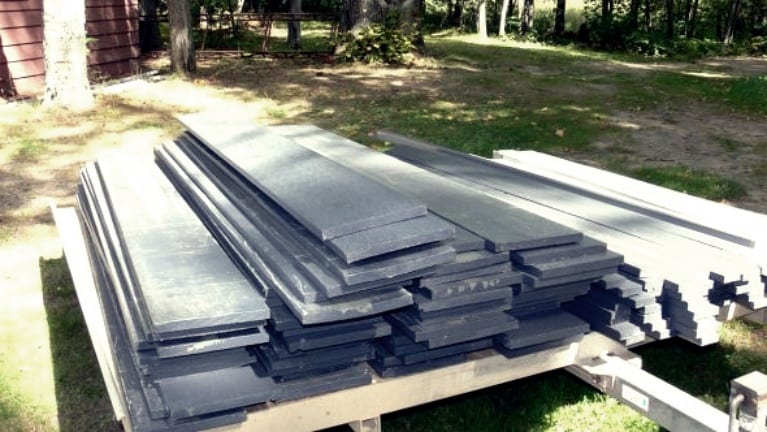
Step 5:
The water table is installed first. This is a horizontally placed board with a slight inclination. Insect screen is also attached to one side.
Water Table’s bottom edge is aligned with insect screen which is wrapped the bottomed edge of the rain screen drain mat.
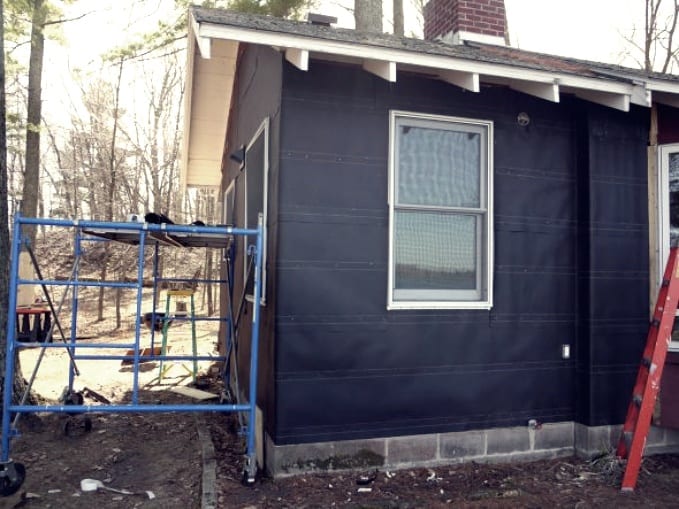

Step 6:
When the skirt board and top metal flashing in place, begin installing the boards of your systems.
Starting from a corner, boards are installed. This is done by specifying the intervals between. Make sure that the fasteners are properly seated. Board should be maintained in this way. Windows, doors, etc. Are should be cut and adjusted accordingly. The lining process should be applied to the boards during the cutting phase. After the boards are mounted, an optional coat painting process can be performed.


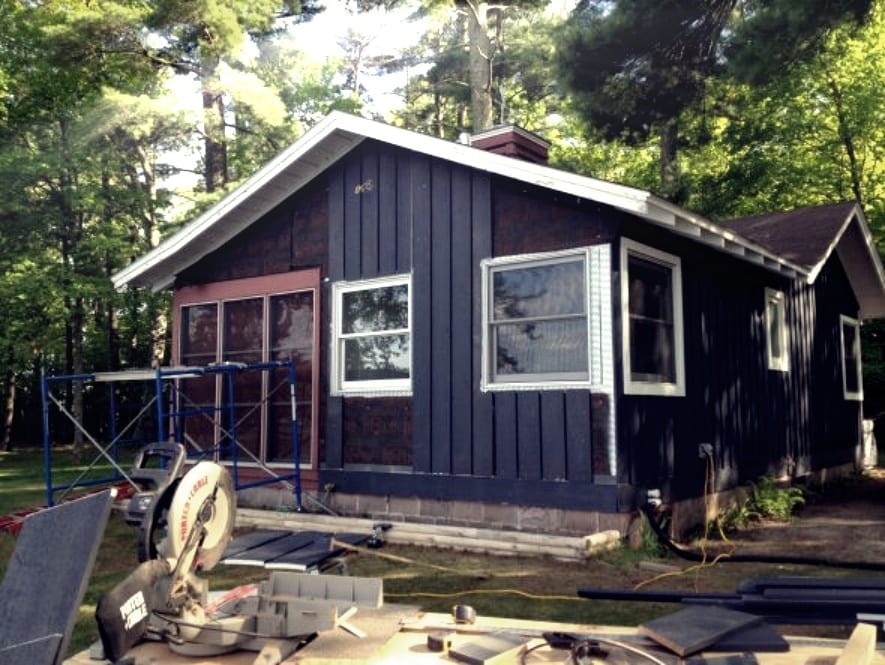
Step 7:
Install top trim. This phase optionally used for aesthetics. This procedure must be made before placing the battens.

Step 8:
Install the window door sides and screw.

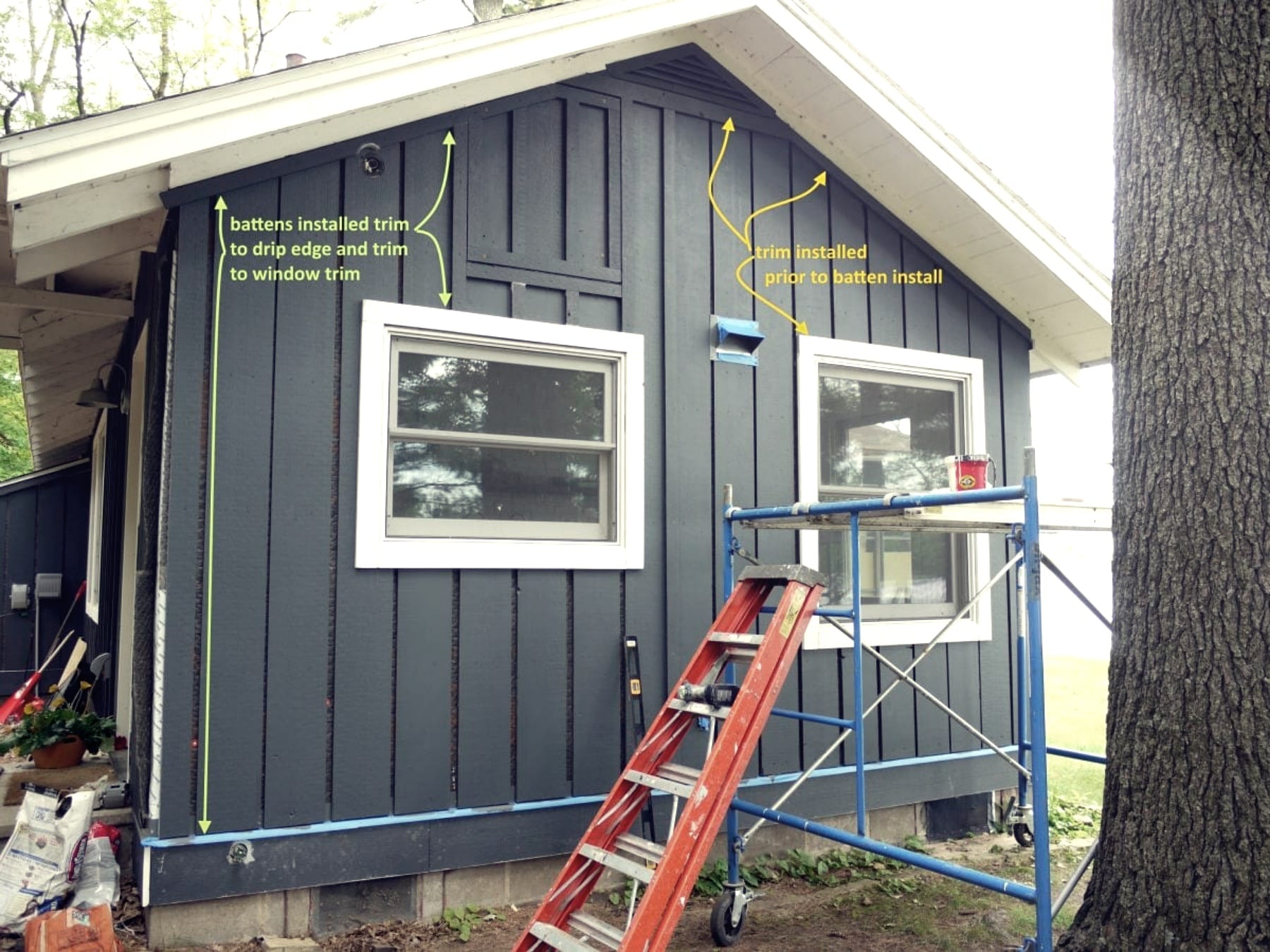
Step 9:
Battens must be continued to install with the fasteners to fit the gaps between them. Screw the screws in such a way as to allow and pay attention to the amount of expansion.
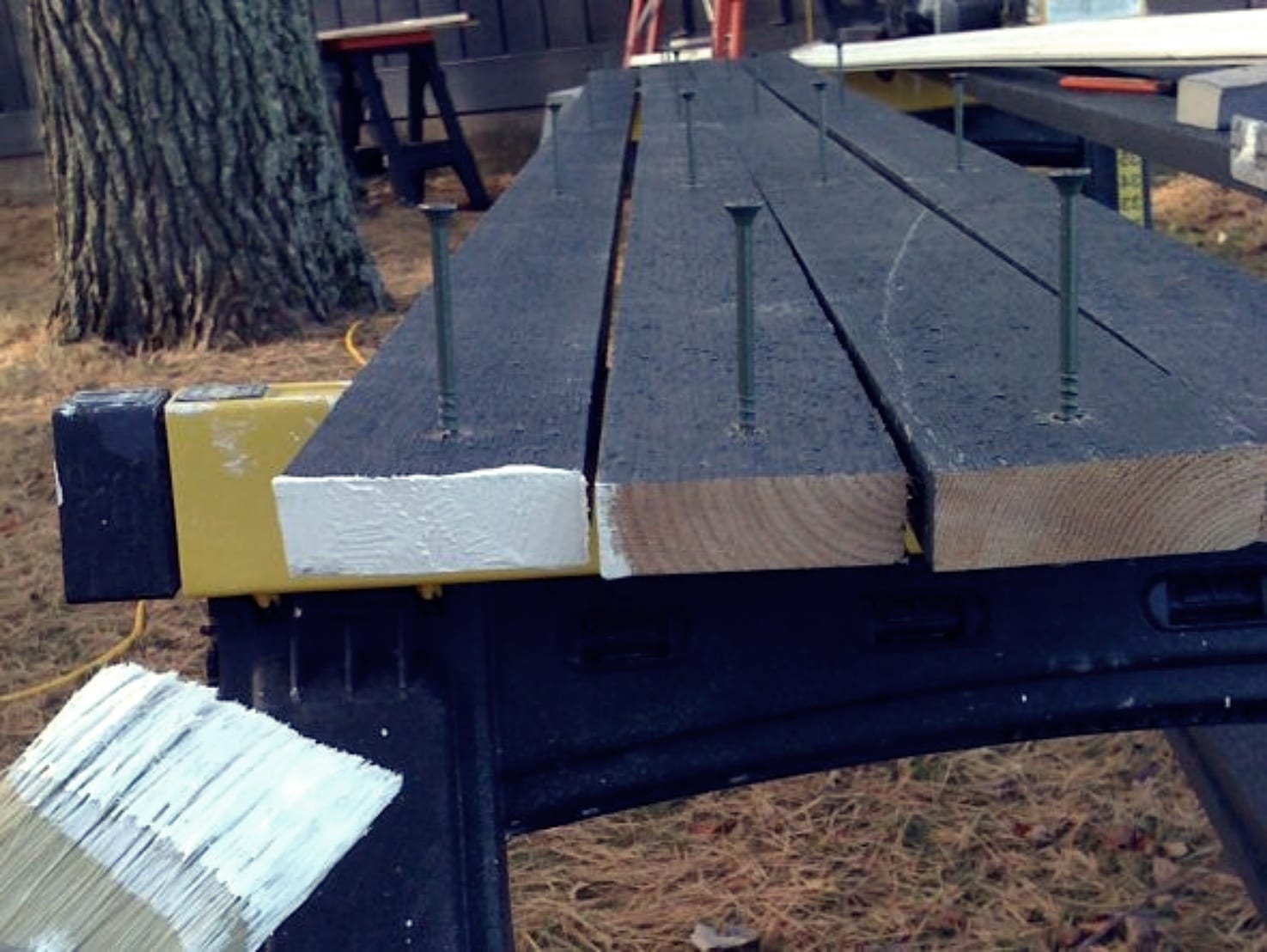

Step 10:
External corners should be installed to provide aesthetics in external corners.
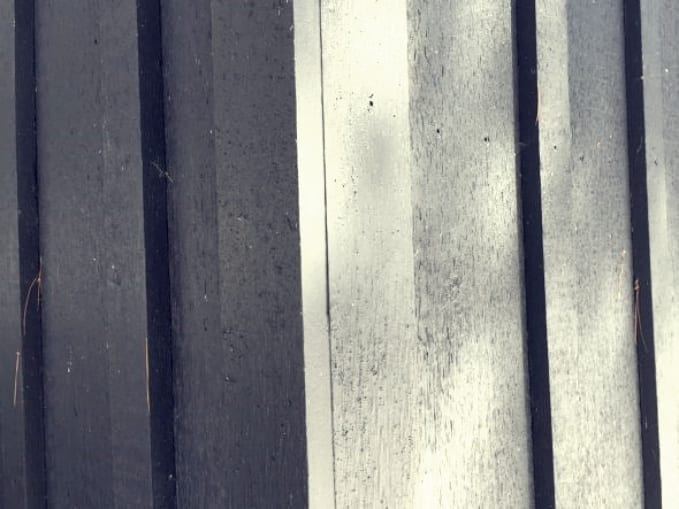
Step 11:
After you install the Board and Battens, a finishing painting process is recommended.
After this steps Board and Batten Installation Phase will be over.

Hire a Contractor or DIY?
Board and Batten siding may be a widely used exterior facade in Europe and America. The aesthetic appearance and therefore the incontrovertible fact that it's suitable for that climate is one among the explanations that it are often used. Board and Batten siding is really a sort of veneer made considering the expansion and contraction principles of the wood material.One of the trends of today is that the DIY(do it yourself) technique which is prevalent because the person is involved. Board and Batten siding may be a kind which will be made, especially as DIY.
Technically speaking; DIY board and batten siding installing is extremely simple. It consists of two sorts of wood in several sizes.
It is important in terms of easy availability of the fabric , and no need for skilled workers. It supports the applicability in correcting mistakes. it's important within the concept of sustainability which is prevalent within the present day. It provides an excellent advantage for future years. Also, removing and installation are straightforward. Not requires any master.
The material is sort of suitable as a price and, provides an excellent convenience for the user. Using it as staple allows the user to shape and paint consistent with his wishes.
Its durability lasts quite while . Being a natural material increases its durability.
In terms of its easy applicability, it takes less time than other exterior materials. this is often an enormous plus for users.
After knowing a touch information about the selection of insulation material, and staple used behind the board and batten, the user is sort of likely to try to to it himself (DIY). a couple of puff points that require to understand that. Where and the way to put the connection element. the development are going to be easy after the straightforward qualification.
Connection with connection elements, noting windows and door edges, leaving the opening between boards through expansions and conflicting values.
As a result Board and Batten Siding may be a “DIY” might be an honest option for Board and Batten Siding if you're willing to urge tired :)
The practitioner can use this sort of siding for an extended time with its sustainable feature which is that the biggest plus of its that saving from the value and time after a touch information accumulation. Therefore, board and batten siding maintains its popularity today.
No comments:
Post a Comment